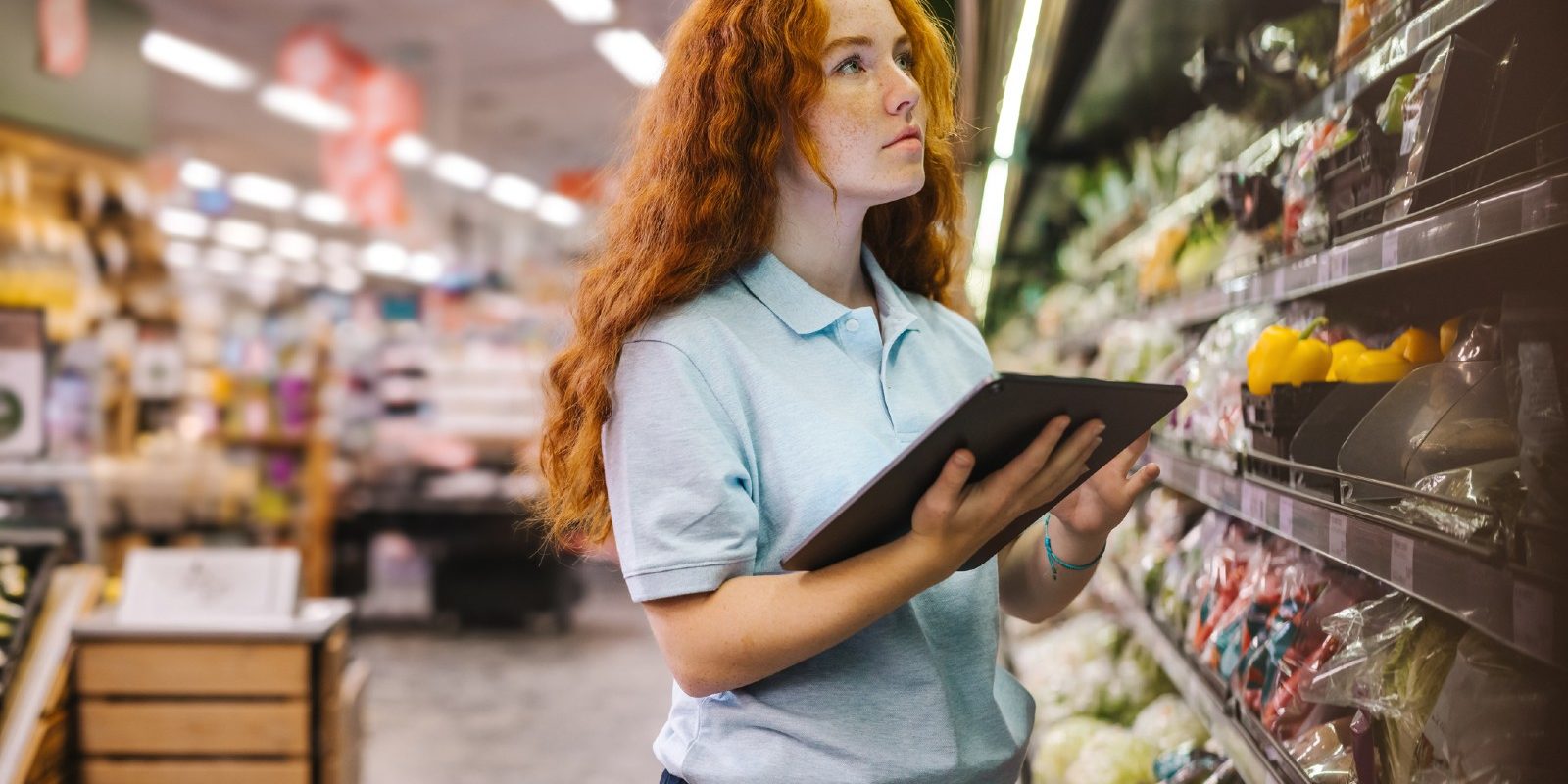Telecom & Technology Consulting

Agnostic Networks will never be mistaken for an economic think tank. We’re experts in technology, not dollars and cents. That said, the state of the economy is critical to how we advise our clients about which technology to deploy. And for the retail sector in particular, 2023 will be shaped by the current, unpredictable economic outlook. Retailers are recovering from the pandemic-induced shake-up that changed how they sell – and how customers shop. Inflation continues to linger, and supply chains haven’t returned to pre-COVID levels.
These market conditions bring us back to what we know best: technology strategy. Retailers need to innovate and adapt to how consumers prefer to browse and buy; they also need to keep up with competitors. One strategy is to introduce a hybrid shopping experience, which combines the most favorable attributes of online and in-store shopping. In practice this means delivering personalized offerings (as one would get in the real world) while using augmented reality to enhance the actual shopping journey (digital convenience). Also look for opportunities to offer more flexible payment and delivery options. The more choices you supply to consumers, the more likely they are to buy, which in turn increases the odds of them becoming loyal to the brand.
As we just mentioned, personalization is becoming more important, and according to some retail experts will soon become an expected aspect of shopping. People don’t want commodities – they want products made exactly for them, that reflect their personalities. So in 2023, look into how your brand can leverage algorithms and online surveys to suggest products that exactly match consumer profiles and shopping histories (this is something done to perfection by clothing company Stich Fix).
This philosophy of precise customization should be applied to every customer interaction, to every time customers are exposed to the brand. Using data and artificial intelligence, you can now deliver completely personalized offers and product suggestions via email, text, and landing pages. These offers can also be extended to online receipts and interactions with customer service representatives.
Retailers must also adapt to another aspect of the consumer mindset: their values. Although shoppers have already conveyed that they prefer to do business with morally and ethically responsible companies, that trend will only increase in 2023. Consumers don’t just want a specific product, that product must be made with the utmost concern for ethics and the environment. Remember that consumers increasingly care how others perceive them based on what they buy – in a sense, their “personal brands” are affected by what they wear, drive, and eat. Technology matters here in terms of how manufacturing processes and logistics connect to personal values.
In addition to wanting products that align with their values, consumers want to enjoy the experience of purchasing those products; retail is, for many, no longer a purely transactional pursuit. This is where virtual reality and the metaverse come into play. These technologies not only enable a streamlined, convenient experience, they make shopping memorable, which is why the metaverse is so exciting for leaders of retail companies. To be sure, the metaverse still hasn’t proven its full value, and many believe the hype is outweighing its practical applications. But retailers would be wise to at least take a wait-and-see approach and asses how Adidas, Nike, and Tommy Hilfiger – just some companies who’ve already stepped deep into the metaverse waters – perform in the near future.
Last, today’s consumers want easier ways to pay and receive their orders. Technology can foster this demand with models like buy-online-pickup-in-store, buy-online-return-in-store, and buy-online-pickup-at-curbside. Retailers are providing these options with a combination of artificial intelligence and advanced analytics to automate inventory management processes. Just like with products, consumers increasingly demand multiple options for payment and pickup/delivery.
Retail has always relied on technology. From neon signs to delivery trucks, both businesses and consumers have benefitted from technological innovations. 2023 will be no different.